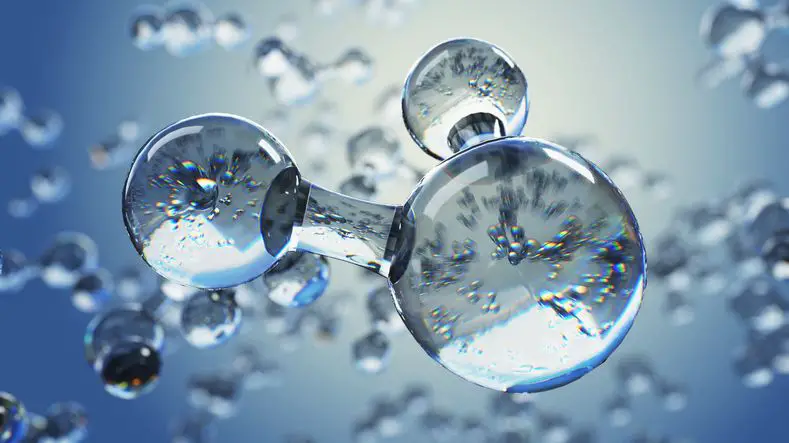When there is a disbalance between the number of protons and electrons in an atom or a molecule, Congrats, we get a new species. In the branch of chemical engineering and physical sciences, we call it IONS. There are two types of ions i.e anion and cation.
The overall definition of anion and cation solely depends on the net electrical charge of an atom. In other words, if the net charge on an atom is positive, the newly made species becomes a cation. On the other hand, if the net charge on an atom is negative, we call it an anion.
In this exclusive article, I will explain the fundamental differences between anion and cation, their properties, examples, and many more interesting things. Therefore, in order to get the complete picture of the two, I would suggest you stick with me till the end. Let’s dive right in!!!
Anion vs Cation
| Anion | Cation | |
| 1. | An atom that permanently gains electrons becomes an anion i.e negatively charged ion. | An atom that permanently loses electrons becomes a cation i.e positively charges ion. |
| 2. | Anion has more electrons than protons. | Cation has more protons than electrons. |
| 3. | Only non-metals can form anions. | Only metals can form cations. |
| 4. | Both anion and cation combine to form ionic bonds. | Both anion and cation combine to form ionic bonds. |
| 5. | Anions are attracted towards the anode. | Cations are attracted towards the cathode. |
| 6. | Examples of anions include Bromide, Hydride, Oxide, etc. | Examples of cations include Sodium, Ammonium, Iron, etc. |
What is Anion?
An atom that permanently gains electrons becomes an anion i.e a negatively charged ion. In other words, Anions are negatively charged ions. WHY? Because they have more electrons than protons.
In order to complete its Octet, whenever a neutral atom gains one or more electrons, it becomes a negatively charged ion i.e an anion. In order to understand it properly, take the example of Chlorine.
Must Read: Ionic Bond Definition, Properties, Examples & Uses
A Chlorine atom has 17 electrons and 17 protons, meaning it has 7 valence electrons in its outermost shell. Therefore, in order to attain its Octet, the Chlorine atom will gain or accept one electron in its outermost shell. Hence, now has 18 electrons and 17 protons.
In other words, after gaining or accepting one electron, the Chlorine atom has more electrons than protons. Therefore, as a result, a Chlorine atom becomes a negatively charged chloride ion.
Editor’s Choice: Difference Between Ionic and Covalent Bonds in Tabular Form
Properties of Anions
There are so many properties of Anions. Some of them are listed below:
- Anions are negatively charged ions.
- Anion has more electrons than protons.
- Only non-metals can form anions.
- Anions are responsible for ionic bonds.
- They are attracted towards the anode, etc.
Examples of Anions
If you think you can’t relate to anions examples in everyday life. Well, here is your chance to think again!
- Nitride (N3-)
- Fluoride (F–)
- Chloride (Cl–)
- Hydride (H–)
- Bromide (Br–), etc.
What is Cation?
An atom that permanently loses electrons becomes a cation i.e positively charges ion. In other words, Cations are positively charged ions. WHY? Because they have more protons than electrons.
In order to complete its Octet, whenever a neutral atom donates or loses one or more electrons, it becomes a positively charged ion i.e a cation. In order to understand it properly, take the example of Potassium.
Check Out: Difference Between Crystalline and Amorphous Solid
A Potassium atom has 19 electrons and 19 protons, meaning it has one valence electron in its outmost shell. Therefore, in order to attain its Octet, the Potassium atom will donate its only valence electron from its outermost shell. Hence, left with 18 electrons and 19 protons.
In other words, after donating its only valence electron, the Potassium atom has more protons than electrons. Therefore, as a result, a potassium atom becomes a positively charged potassium ion.
Properties of Cations
There are so many properties of Cations. Some of them are listed below:
- Cations are positively charged ions.
- Cation has more protons than electrons.
- Only metals can form Cations.
- Just like anions, Cations are also responsible for ionic bonds.
- They are attracted towards the cathode, etc.
Must Read: Difference Between Conductors and Insulators in Tabular Form
Examples of Cations
If you think you can’t relate to Cations examples in everyday life. Well, here is your chance to think again!
- Sodium-ion (Na+)
- Potassium ion (K+)
- Silver ion (Ag+)
- Hydronium (H3O+)
- Ammonium (NH4+), etc.
That’s it for this post. If you like this article, share it if you like, like it if you share it. You can also find us on Mix, Twitter, Pinterest, and Facebook. Hey man, If you have come this far, do give us feedback in the comment section. It would make my day. You can also make a donation. Your donations will help us to run our website and serve you BETTER. Cheers!!!
You might also like:
- Difference Between Absorption and Adsorption in Tabular Form
- Difference Between Atom and Molecule in Tabular Form
- Endothermic vs Exothermic Reaction – What’s the Difference?
- Examples of Molecules Made Simple: A Quick Reference Guide
